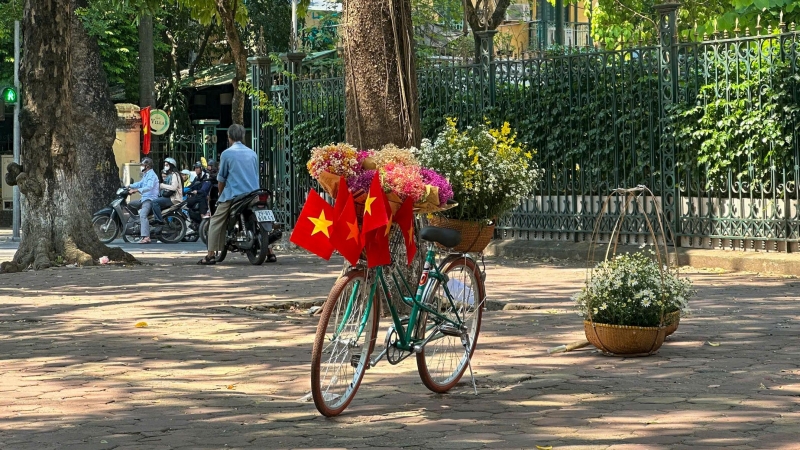Ancient appearance and long-standing cultural value
Hanoi National University has its origins in the Indochina University, a valuable architectural work built in 1926 by the French architect Ernest Hébrard. Inspired by Indochina architecture, the work is a subtle blend of European scholastic architecture and Vietnamese indigenous features. This architectural style is not only highly aesthetic but also very suitable for Vietnam's tropical climate, from the building materials to the arrangement of doors and corridors to help air circulate better.

Hanoi University of Science and Hanoi University of Pharmacy are located on the former site of Hanoi University of Science (1956) and later Indochina University (1926).
After nearly a century, this architectural work still retains its ancient and majestic features, captivating people with its timeless beauty. Not only is it a place of training, the school also preserves a part of Hanoi's architectural heritage, a symbol of the cultural connection between the two civilizations of Asia and Europe.
In November 2013, the Hanoi People's Council officially included this work in the list of pre-1954 architectural works that need to be preserved, in order to preserve and promote the precious cultural values of the capital. This is not only a recognition of the cultural and architectural values of the school but also a responsibility to preserve this heritage for future generations.
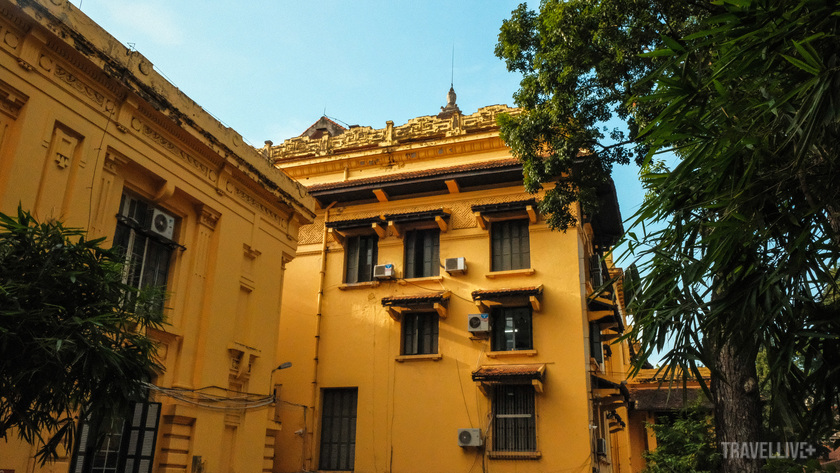
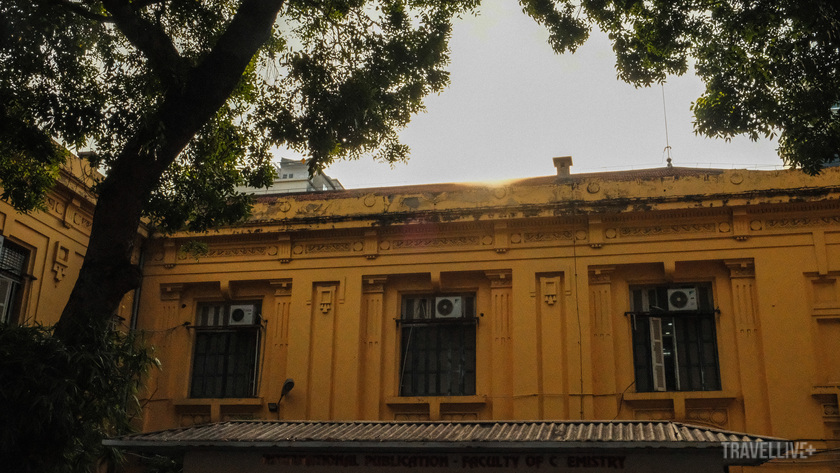
A place to train leading scientists and intellectuals
Through the development periods of the country, Hanoi University of Science (now Hanoi National University) has made a significant contribution to the education and science of Vietnam. Since 1956, this school has trained and provided the country with many researchers, scientists and intellectuals who have made great contributions to the development of society. With the mission of imparting knowledge and scientific discovery, Hanoi University of Science has become one of the leading educational institutions in the country.

The project has Indochinese architectural style and Asian-European fusion.
The school’s alumni, many of whom have become leaders, scientists, and prestigious researchers, have contributed to promoting Vietnamese science to the far. This is the place that has trained great names in the fields of social sciences, humanities, and natural sciences. The contributions of generations of students and lecturers are not only the pride of the school but also the pride of the entire Vietnamese nation.
In addition to training, the school also plays an important role in scientific research and development. With a long-standing academic environment, Hanoi University of Science has become the cradle of scientific and cultural research, where valuable research works and scientific theses are born, contributing significantly to the national knowledge treasure.
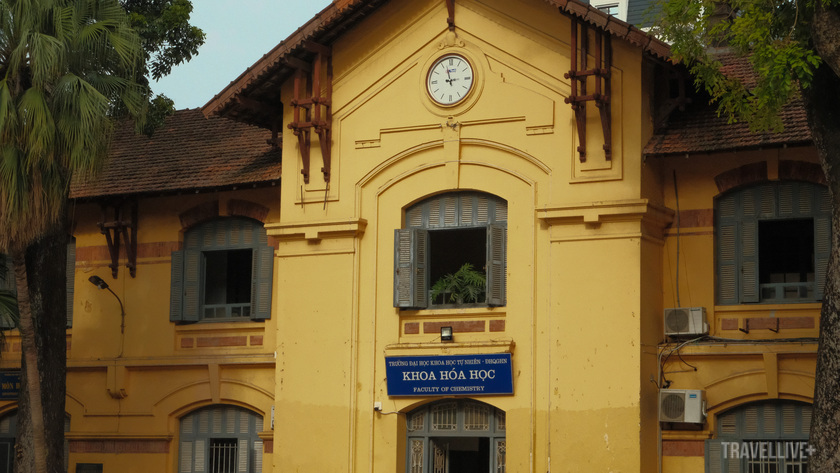
Faculty of Chemistry, University of Science
Destination of architectural art
The architecture of Hanoi National University is a testament to the cultural exchange. Large tiled roofs, spacious corridors and large windows with meticulously decorated ironwork all aim to create an airy, cool space in the summer and warm in the winter. It is this combination of cultural and climatic factors that has helped the building stand the test of time, becoming a unique symbol among the modern buildings of the capital.


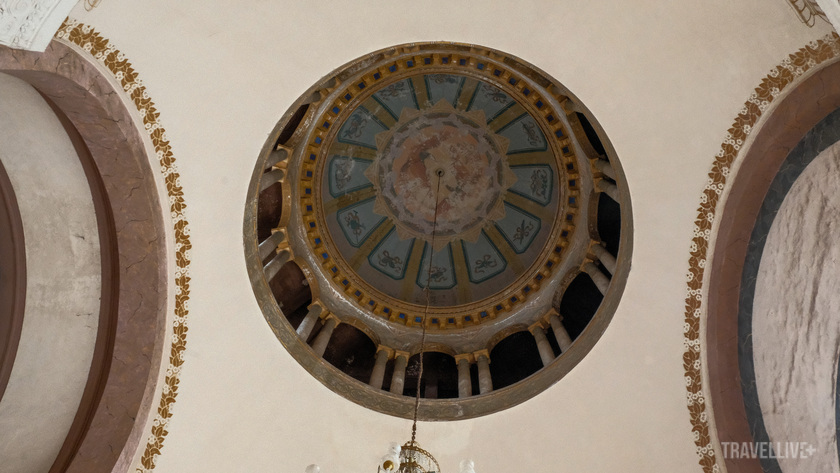
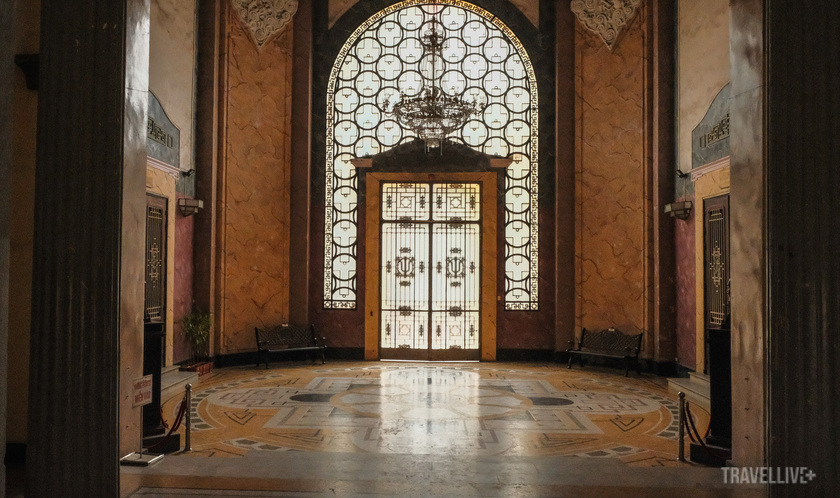
Ancient architecture combined harmoniously with natural light further enhances the beauty of this nearly 100-year-old building.
One of the outstanding features of the Indochinese architectural style is the use of natural light and open spaces. Thanks to large windows and spacious corridors, the space inside the school is always filled with natural light. This not only helps save energy but also creates an airy and comfortable learning environment for students and lecturers.
A place to keep memories and traditions
More than just an educational institution, Hanoi National University is also a place that preserves the memories, traditions and spiritual values of many generations of students and lecturers. Through the ups and downs of history, the school is still there, as a witness to the changes of the country and at the same time marking the memories of many generations of students.
With mossy walls and shady rows of ancient trees in the schoolyard, the school brings to those who come here a feeling of nostalgia and closeness. For former students, each time they return to school is like returning to a part of their youthful memories, a place that holds the years of hard but passionate study. Every corner of the yard, every step here is associated with many unforgettable memories.

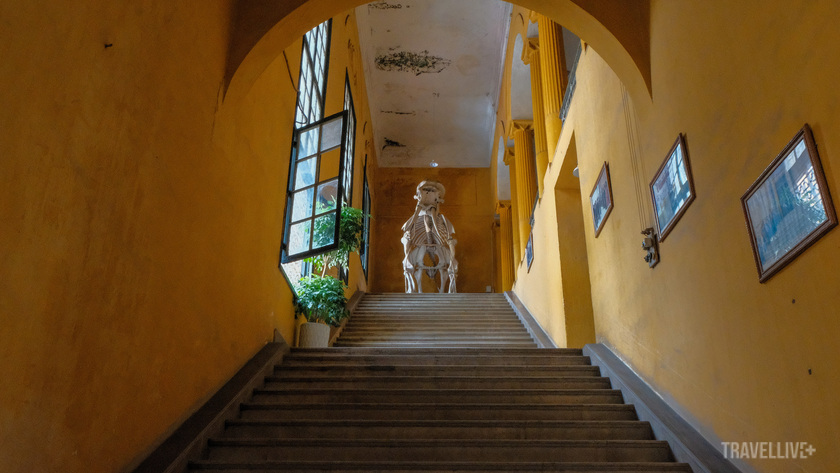
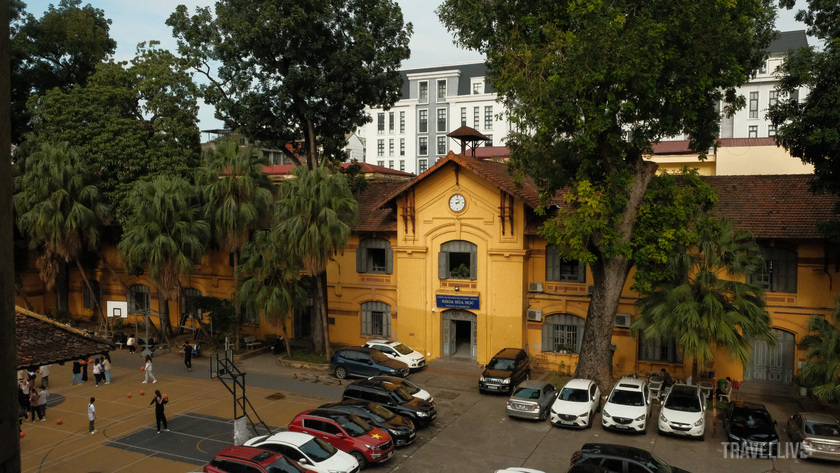
Along with the decorative objects, the school still retains its old features.
Although it is an ancient architectural work, Hanoi National University has always developed and innovated to meet the learning needs of the times. The combination of tradition and modernity is one of the factors that helps the school maintain its attraction. Modern facilities and equipment are added and improved to best serve the learning and research of students. However, the cultural, historical and spiritual values of the school are still preserved and cherished as a precious part of the heritage.
It can be said that Hanoi National University is not only a place to study but also a symbol of knowledge and national pride. The school will continue its mission, training the next generations, contributing to moving Vietnam forward in the journey of integration and development, while preserving cultural values that last over time.
Some other pictures at Hanoi National University:
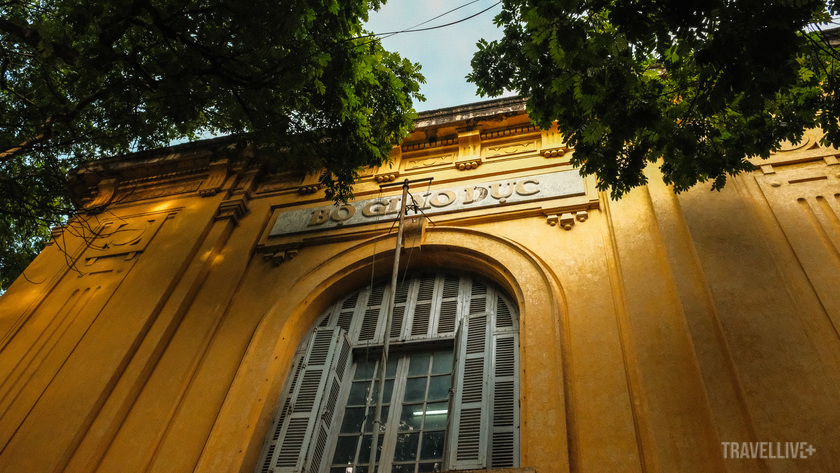
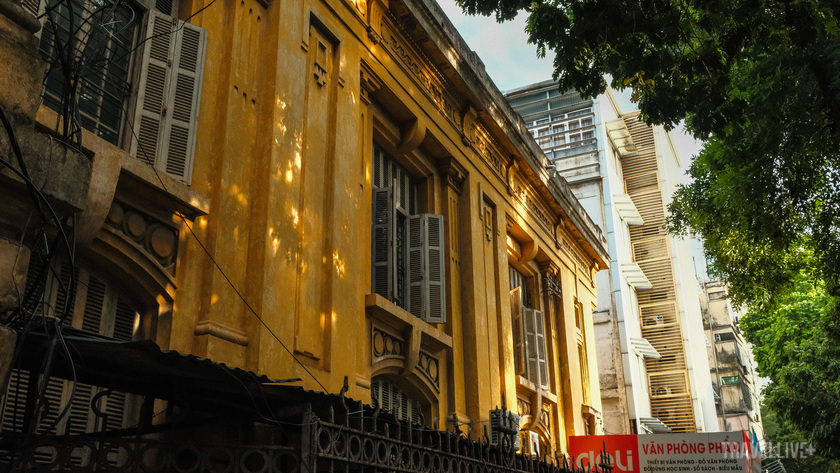
Outside Hanoi University of Science
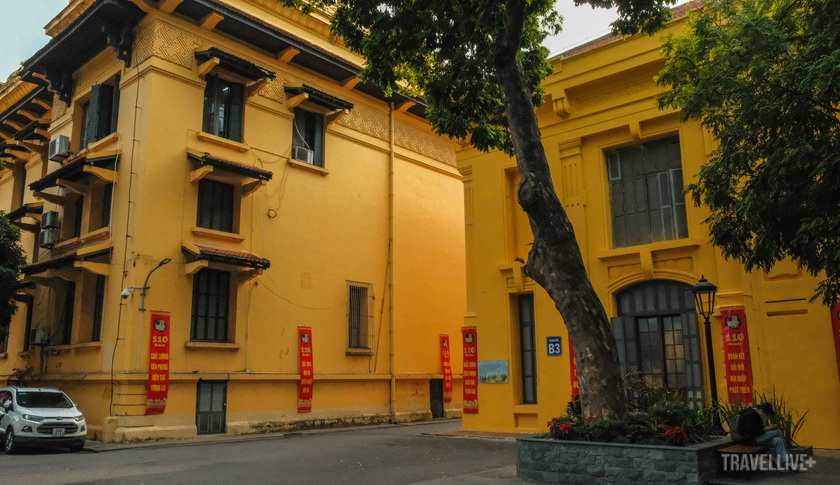
The campus is green and ancient,
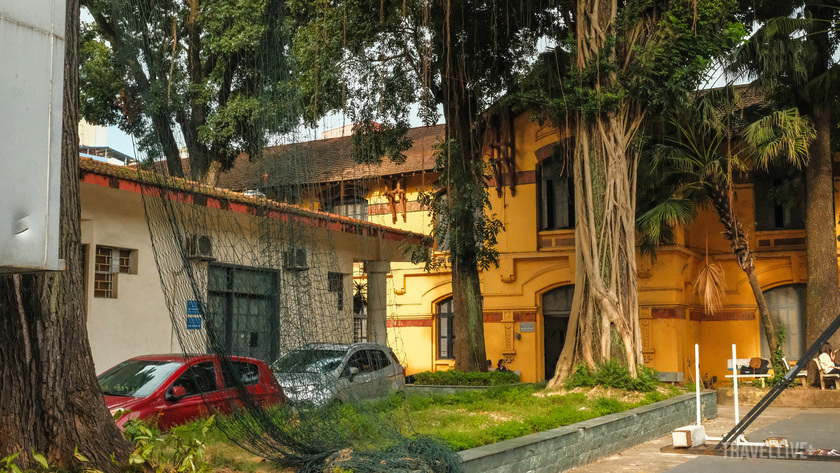
peace in the heart of the city

The entrance door is decorated with glass and metal in the Art Nouveau style.









